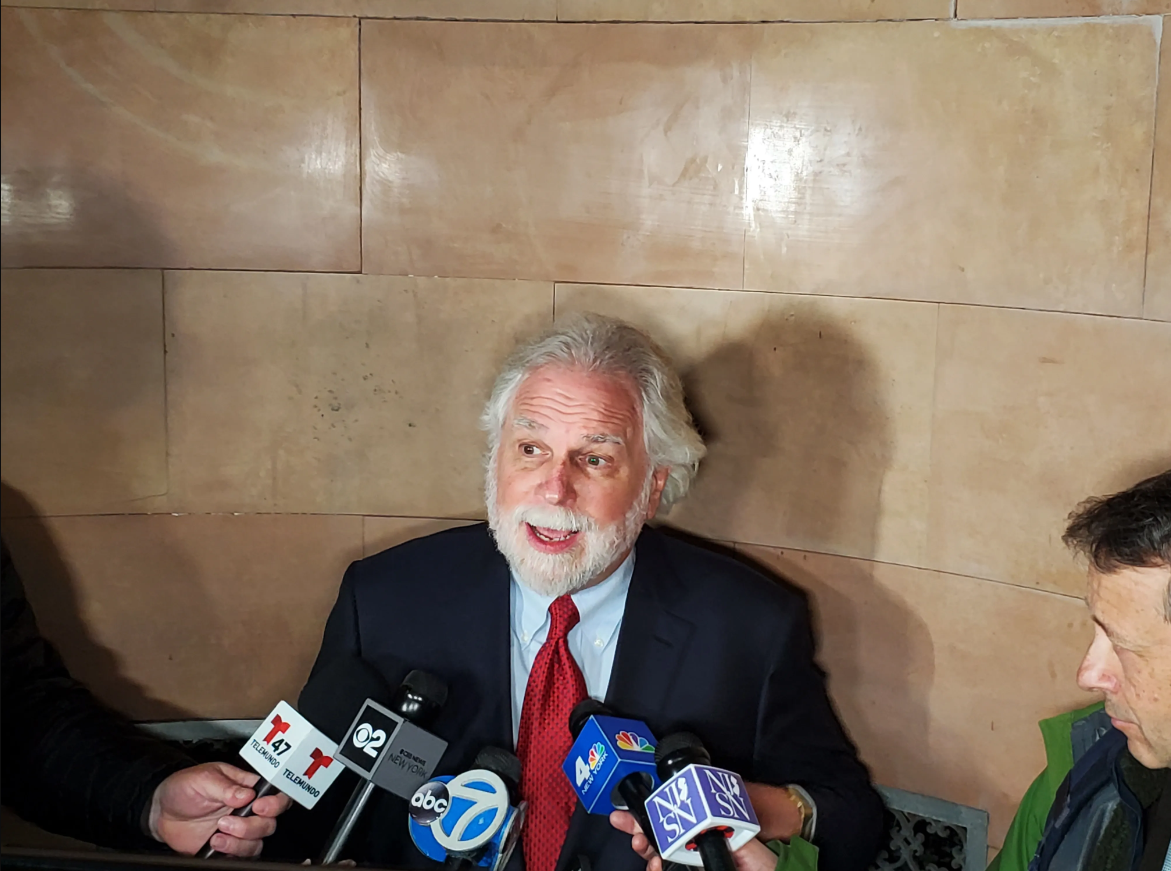VANCOUVER, B.C. – The latest spasm of gang violence in Metro Vancouver has residents worrying once again whether the city’s underworld is turning it into a free-fire zone.
On Friday afternoon, two gunmen pumped multiple rounds from what RCMP say were prohibited firearms into a pickup truck outside a suburban Langley mall’s supermarket as shoppers were getting their weekend groceries.
The victim, who police say has organized-crime links, survived but was clinging to life.
The attack came three days after Raphael Baldini was shot dead as he sat in a luxury SUV outside a Surrey mall on Tuesday afternoon.
Baldini, 21, had held the lease on a Surrey apartment suite where six people – four known gang members and two innocent bystanders – were executed in October 2007.
His mother tearfully called the killing a case of mistaken identity but Baldini was facing gun charges himself.
The latest shooting Friday comes as police warn that rivals are gunning for the notorious Bacon brothers, who are out on bail for firearms and drug charges. Jamie Bacon escaped an attempted hit while driving in Abbotsford last month.
Critics assail the government for its impotence in curbing such brazen daylight assassination attempts while the police insist they’re throwing all their resources at the problem.
Solicitor General John van Dongen, the province’s top cop, says he’s being briefed regularly by ministry officials, police agencies and local mayors.
“I’m not only talking to my director of police services, I’m talking to people like Steve Brown, who’s Ed Schellenberg’s brother-in-law, and I’m talking to Eileen Mohan,” he says. “I’ve been talking to them quite actively the past couple of weeks.”
Schellenberg and Eileen Mohan’s son Chris were the innocent victims in the Surrey apartment massacre in 2007. Schellenberg was servicing fireplaces in the building and the Mohans lived in an adjacent suite.
Vancouver has gone through cycles of open violence before, notably in the 1990s during a war between rival Indo-Canadian gangs that resulted in numerous murders.
Since then, there have been lethal hits in restaurants and last year a man was shot to death in the underground parking lot of Vancouver’s upscale Oakridge Mall.
Police say fearful gangsters have taken to wearing body armour, which Mike Farnworth, the opposition NDP’s critic for the solicitor general wants outlawed except for police use. Van Dongen says the government is looking at its options there.
Baldini was not wearing a vest, says Cpl. Dale Carr of the Integrated Homicide Investigation Team.
“It certainly would have helped him,” he says.
There were 58 murders in the Metro Vancouver region last year, compared with 41 in 2007. There have been 10 so far this year.
Not all are directly gang-related but police believe most are when killings tied to the street-drug trade are included.
But it’s the gun deaths that have put residents especially on edge.
No bystanders were hurt in the most recent shootings but at least one stray round shattered a car window in Friday’s attack.
Van Dongen says there’s a pattern to the targeted shootings.
“The vast majority of them tend to involve people who have already had some convictions generally involving to some degree firearms,” he says.
Police also often arrest people carrying guns who are already on bail for previous charges and under court order not to possess firearms, he says.
Van Dongen hired two consultants last summer to review all firearms-related regulations, look at how enforcement agencies tackle the problem and how they communicate with each other.
He’s currently circulating a draft version of the report that he says contains “a number of actionable recommendations.”
Van Dongen wouldn’t elaborate but says the final version of the report would be made public.
He is also pushing Ottawa for Criminal Code changes to update wiretap laws to make it easier to get access to mobile phones, texting and Internet services.
He also wants to cut the burden placed on prosecutors who he says now have to disclose often irrelevant documents to the defence that needlessly slow down court cases.
After the Surrey murders, the province set up an integrated gang task force and a violence-suppression team to target gangsters and guns on the street.
The Integrated Homicide Investigation Team, which has more than 100 officers covering every regional jurisdiction except Vancouver city and suburban Delta, was created in 2003 in part to co-ordinate investigations of gang-style killings that spilled across municipal boundaries.
Yet Carr concedes the solve rate for gang-related homicides hasn’t changed.
“We’re at about 30 per cent of our drugs and organized – we lump the two together,” he says.
The biggest obstacle investigators face isn’t a new one: people are reluctant to talk.
“Generally we do have civilian witnesses that will give us a statement with respect to what occurred that day,” says Sgt. Shinder Kirk of the gang task force.
“But what the challenge is, is actually getting those witnesses to carry through. There is an element of intimidation or perceived intimidation, and certainly understandably. These guys are very violent people but that is a challenge.”
It’s hardest of all to persuade gang members or their families to come forward both out of fear and “because this perception is they don’t want to be a rat,” says Kirk.
After Friday’s shooting, RCMP spokesman Cpl. Peter Thiessen pleaded with gang members’ families to help the police forestall such attacks.
“We know it’s a tough decision but they’ve got to look at what’s the right thing to do here,” he says.
“These are young adults that are clearly involved in crime and they’re permitted to function within the family home in upscale neighbourhoods, putting those neighbourhoods at risk, because their family network is allowing it to happen.”















